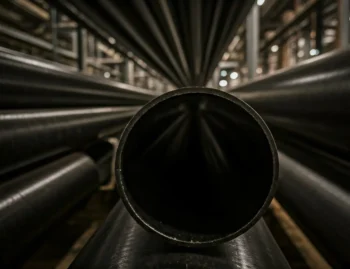Chinese steel production is expected to increase over the course of 2017, even in spite of the government’s efforts to cut down on excessive production capacity during the last years. Early evidence suggests that these efforts failed, although some sources do question the methods that were used to gather that evidence. The study found that even though some factories did cease production, other factories that had already placed production on hold began creating steel once again. That led to a net gain in production during 2016, which is likely to have a large impact on the nation’s steel market during the coming year.
In January, the Chinese government promised to significantly reduce the production of low-grade steel within the nation’s borders. The government’s plan may succeed, but the government’s track record during 2017 shows that success remains in question. The success of failure of the effort is sure to have a major impact on the world steel industry, although recent trends in the nation’s domestic steel use mean that the impact may not be as large as some people suspect.
Domestic Use
China’s steel exports have fallen in the past few months in spite of the country’s recent increase in production. The decrease is quite significantly, and the trend has continued for long enough that it is unlikely to be part of a minor and unpredictable fluctuation.
Instead, the drop in exported steel is most likely do to an increase in the domestic demand. Most of this demand comes from the construction industry, which has seen steady growth in China for many years and remains a pillar of the Chinese economy.
The shift towards domestic use means that the risk of China dumping steel on the global market at low prices is quite low. Even if Chinese production expands by far more than the projections indicate, the nation simply will not have enough of a surplus to seriously depress the prices on the world market. If the trend of decreasing exports does happen to slow down or reverse, rising demand for steel for use in infrastructure projects all over the world will most likely prevent the price of steel from dropping too much in response.
The General Trend
Overall, the outlook for the Chinese steel industry is fairly good. The demand for steel in China alone is almost enough to sustain the industry as it currently is, and that demand is likely to grow as long as the Chinese construction industry remains strong. There is a chance that the government will curtail the production of steel, with a special emphasis on the cheaper and lower quality options on the market, but that is by no means a sure thing. In either case, the rest of the world should expect to see the supply of Chinese steel drop as more of it gets consumed within the nation’s borders rather than exported.
The extent of the decrease remains in question, and the effectiveness of the government’s efforts will be the biggest factor in determining it. Regardless of whether those efforts succeed or fail, the general trend is clear, and the rest of the global industry should plan accordingly.











